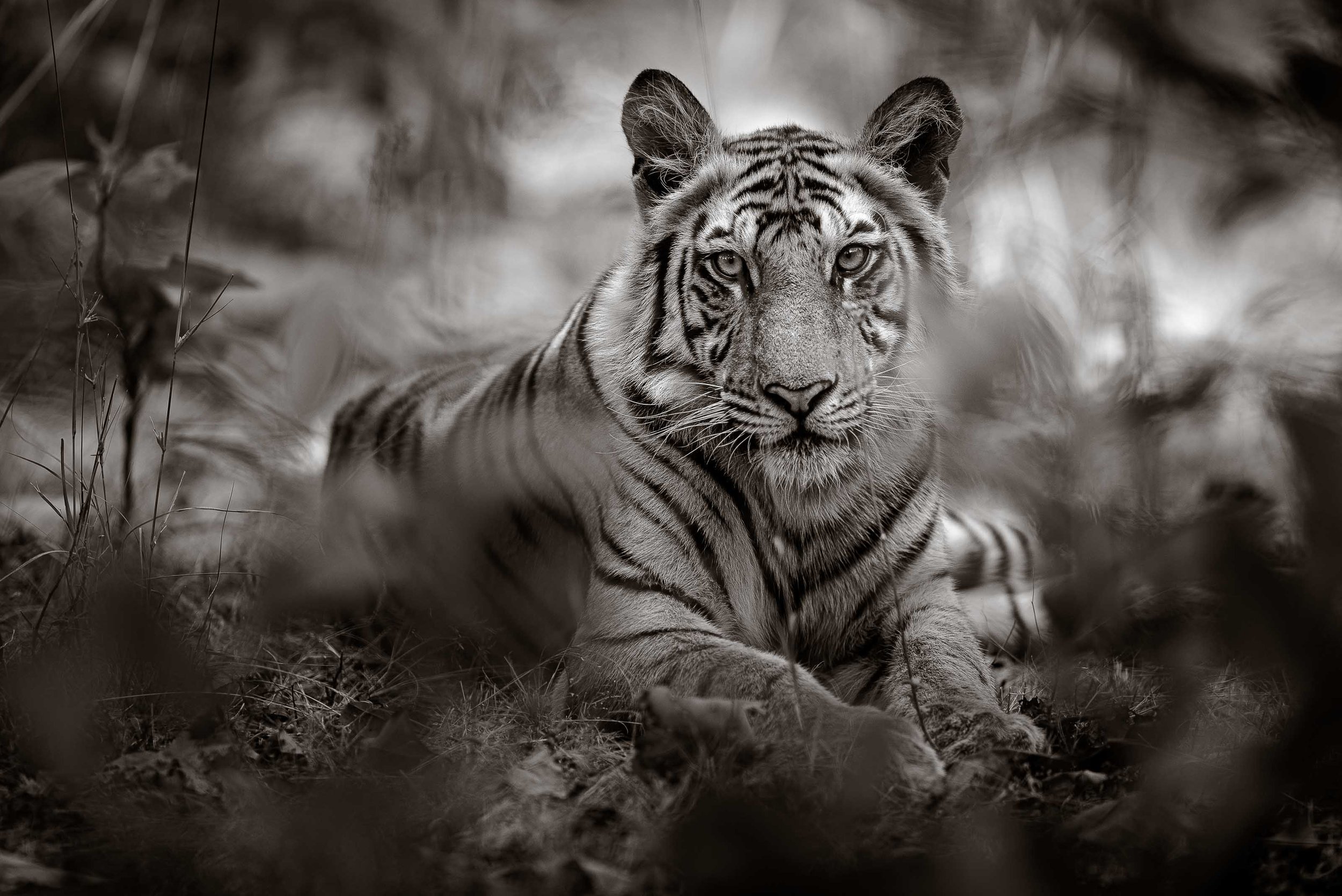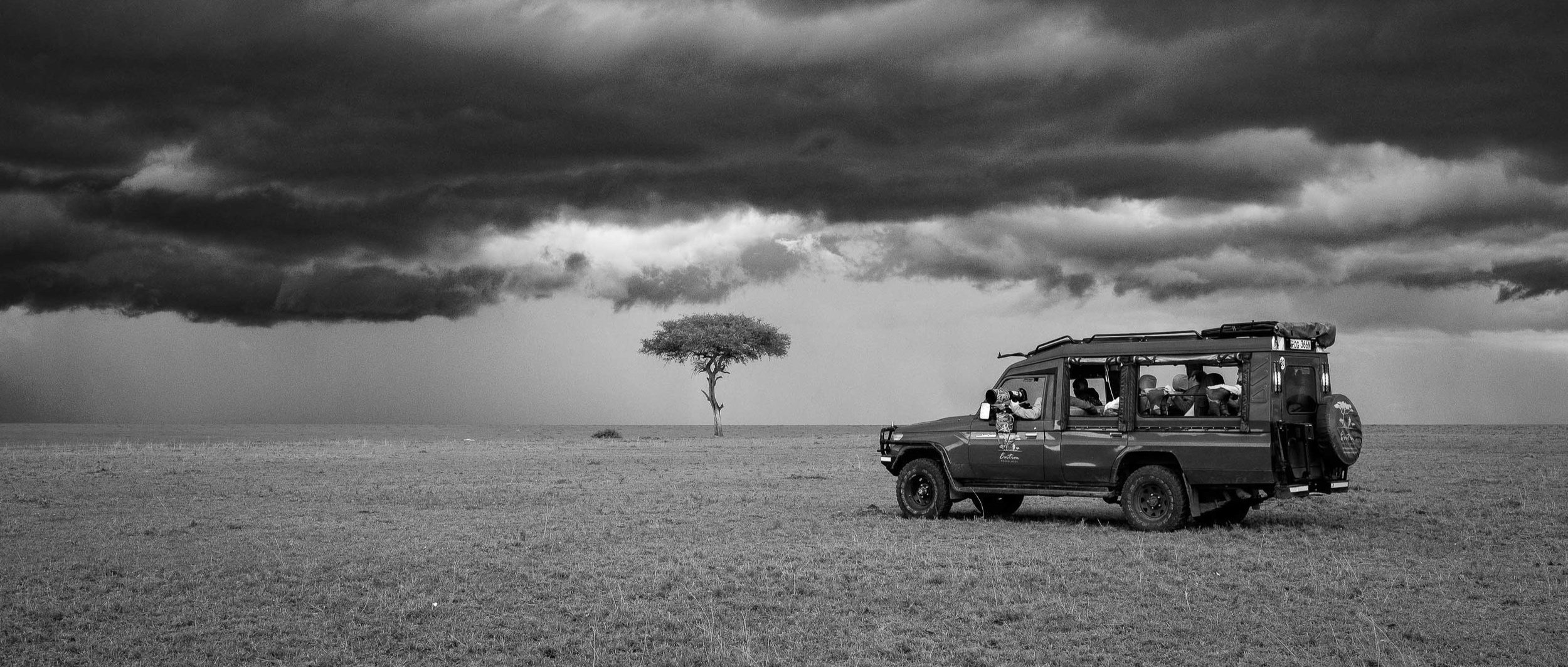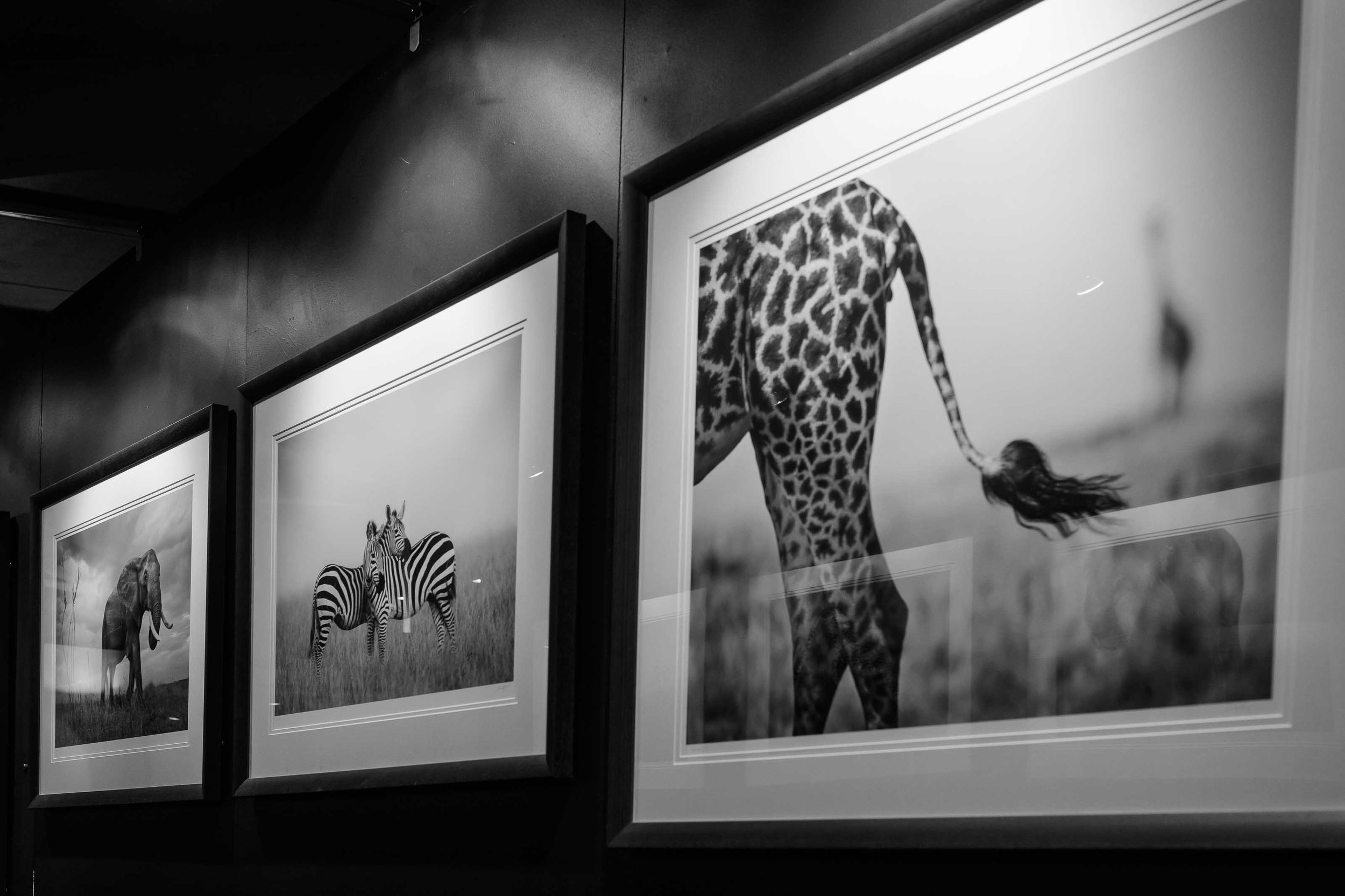What Makes A Photo Safari A Success?
What does success look like on a photo safari?
Is it seeing the "big one" – the apex predator or bucket-list species? Is it filling your memory cards with wildlife portraits? Or is it something quieter – something less tangible but perhaps even more rewarding?
Reflections from the field in India
As I write this, we’re halfway through my eighth annual India photo safari. We started in Kaziranga, moved through Pench, and now we’re deep in the forest of Bandhavgarh National Park, where tigers roam and the jungle constantly surprises us.
This year, Bandhavgarh has been good to us, with some pleasant surprises along the way. I know everyone likes to promote their safari tours as successes regardless and always, but it does feel like this year is shaping up to be one of the better ones.
We don’t see tigers on every drive – that’s to be expected, and very much par for the course in India – but our encounters have been varied and meaningful: big males, mothers with cubs, and even, quite unexpectedly, a sloth bear yesterday evening.
The magic of the unexpected
I’ve come to realise that the best wild animal encounters on safari are the unexpected ones – the ones that catch you off guard, that creep up quietly or burst onto the scene from nowhere. They’re not the sightings you anticipate or hear about on the radio. They’re not the ones where three or four vehicles are already jostling for the best angle.
Instead, they’re moments you stumble across with a quiet kind of awe. And often, those moments only happen when everything aligns – from the right people in the vehicle to sheer chance.
Success, I’ve come to believe, is down to a few things:
A little luck
Knowledgeable drivers
And a great naturalist in the car
And that we have, thanks to our wonderful guides – Ramesh, Raju and Uttam – who know this park like the back of their hand.
Our regular naturalist, Aiju, is also the reason behind some of our more unexpected wildlife sightings. He’s quiet, observant, incredibly in tune with the bush – exactly the kind of person you want beside you in the forest.
And of course, we wouldn’t be anything without Karan of Pugdundee, our man on the ground who makes it all happen behind the scenes.
Beyond wildlife: What else makes a safari great?
Of course, a successful photo safari isn’t only about the sightings. It’s also about the people.
There’s something unique that happens when you share these wild places with like-minded travellers. Over the course of long days in the bush – up at 4:00am and usually not turning in until 10:00pm – new friendships are formed, and previously undreamt-of wildlife photographs are made.
Three evenings ago in the park, nothing in our vehicle stayed dry. We all shared a moment of discomfort but also laughter, and the reality of life in the wild – another story to take home with us.
A legacy of years in the field
This is now my eighth year running photo safaris in India. It would’ve been the tenth if not for the COVID years. That’s eight years of returning to the same parks in India, building relationships, and learning the rhythms of the land and its wildlife.
There’s something to be said for that kind of continuity. These are not “tick-box” tours. They’re designed for photographers and non-photographers alike who want time, space, and support to do justice to the moments that unfold.
Each year brings something new. No wildlife photo safari is ever the same – and that’s exactly the point.
What makes a safari worthwhile?
So back to the question: what makes a photo safari a success?
For me, it’s not one thing. It’s a combination:
Meaningful sightings, not just frequent ones
Space to observe, not a rush from one thing to the next
Quiet moments, unexpected surprises, and well-earned shots
A team you trust – guides and naturalists who know their location and craft
Good company – and the time to enjoy it.
If you’re considering a photography-focused safari, whether in India, Africa or beyond, I’d encourage you to think beyond the checklist. The best images – the ones you’ll remember and be proud of – often come when you’re not trying to force anything at all.
They come when you wait. When you listen. When you share space with others who care about the same things.
And sometimes, they come after a thunderstorm that soaks everything in sight!
Interested in joining a future photo safari with me?
Whether it’s tigers in India or elephants in Amboseli, my tours are small, thoughtfully designed, and geared towards photographers of all abilities who want more than just animal sightings — they want an authentic wildlife experience and to come home with stories and memories they’ll never forget.
Discover upcoming photo safari opportunities and get in touch to enquire or book.
David



